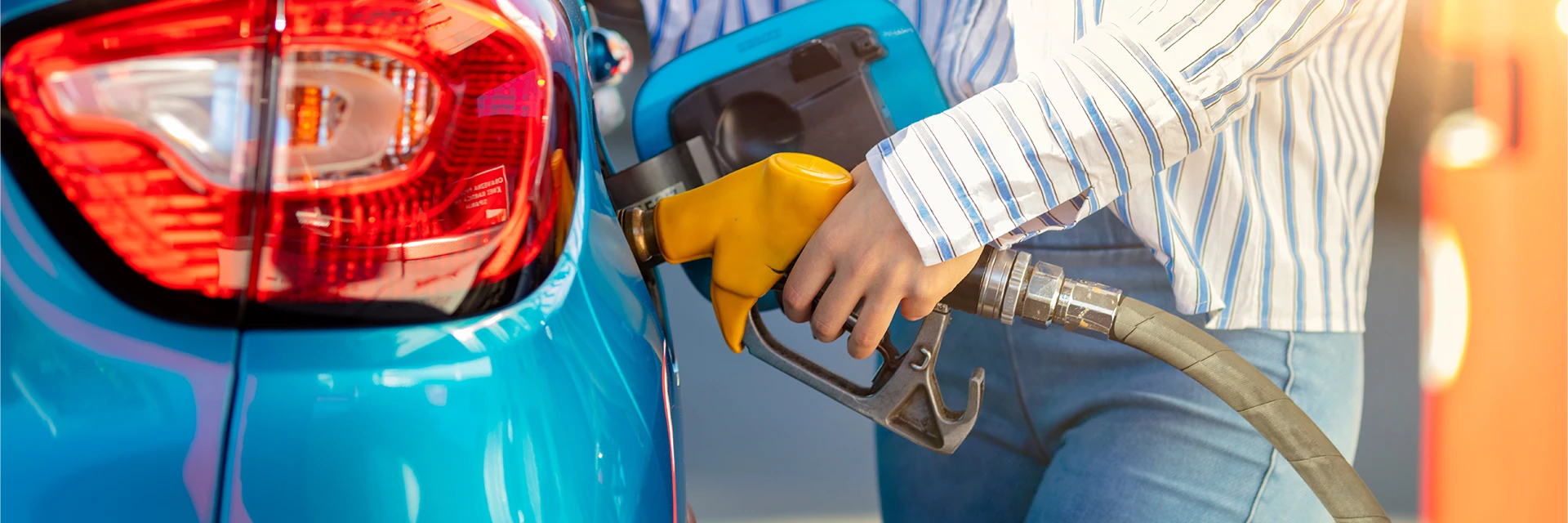Tips and Tricks to Improve Your Vehicle’s Fuel Efficiency
With rising fuel costs and growing environmental concerns, improving your vehicle’s fuel efficiency is more important than ever. Small changes in driving habits and vehicle maintenance can make a big difference in how much fuel your car uses. Here are some expert tips and tricks to help you get the most miles per gallon (MPG) out of your vehicle.
1. Maintain Your Vehicle Regularly
Regular maintenance is key to keeping your vehicle running efficiently. Here are some maintenance tips:
- Check Tire Pressure: Under-inflated tires can decrease fuel efficiency by up to 3%. Check your tire pressure monthly and keep them inflated to the manufacturer's recommended levels.
- Replace Air Filters: A clean air filter ensures your engine gets the right amount of air for optimal combustion. Replace it according to your vehicle’s maintenance schedule.
- Use the Right Motor Oil: Using the manufacturer’s recommended oil grade can improve fuel efficiency by 1-2%. High-quality synthetic oils can also enhance performance and fuel economy.
- Regular Engine Tune-Ups: Keeping your engine in good condition ensures it runs efficiently. Replace spark plugs and address any engine issues promptly.
2. Drive Smoothly
Your driving habits have a significant impact on fuel consumption. Consider the following:
- Avoid Aggressive Driving: Rapid acceleration, speeding, and hard braking can lower your fuel efficiency by 15-30% on highways and 10-40% in city driving.
- Use Cruise Control: On highways, cruise control helps maintain a constant speed, improving fuel efficiency.
- Avoid Idling: Idling uses more fuel than restarting your engine. Turn off your engine if you expect to be stopped for more than a minute.
- Accelerate Gradually: Gradual acceleration saves fuel compared to rapid starts. Aim for smooth and steady acceleration and braking.
3. Reduce Vehicle Weight
Extra weight can significantly reduce your fuel economy. Here are some tips:
- Remove Unnecessary Items: Keep your trunk and back seat free of heavy items you don’t need.
- Avoid Roof Racks: Roof racks and cargo carriers increase wind resistance, lowering fuel efficiency. Remove them when not in use.
4. Optimize Route and Timing
Planning your trips can save fuel:
- Plan Efficient Routes: Use GPS or navigation apps to find the shortest, quickest route. Avoid congested areas and plan trips during off-peak times to minimize stop-and-go traffic.
- Combine Errands: Instead of making multiple short trips, combine errands into one trip to save fuel.
5. Use Air Conditioning Wisely
Air conditioning can increase fuel consumption. Here’s how to use it efficiently:
- Use A/C Sparingly: Use air conditioning only when necessary. At lower speeds, open windows can be more fuel-efficient. At higher speeds, however, open windows create drag and reduce fuel efficiency more than using the A/C.
- Park in the Shade: Keeping your car cool by parking in the shade or using a sunshade reduces the need for air conditioning.
6. Maintain Aerodynamics
Your vehicle’s design affects its fuel efficiency:
- Keep Windows Closed on Highways: Open windows create drag, reducing fuel efficiency. Keep them closed when driving at higher speeds.
- Remove Excess Accessories: Unused bike racks or roof boxes increase wind resistance. Remove them when they’re not needed.
7. Use Higher Gears
Driving in the correct gear helps your engine run efficiently:
- Shift to Higher Gears Sooner: In manual cars, shift to higher gears as soon as the car can handle it. Higher gears use less fuel.
- Automatic Transmission: Most modern automatic transmissions are designed to shift at optimal points for fuel efficiency, but you can also use overdrive gears for better mileage on highways.
8. Keep Your Fuel System Clean
A clean fuel system ensures efficient combustion:
- Use Fuel Additives: Periodically using fuel additives can clean the fuel injectors and improve fuel efficiency.
- Quality Fuel: Use high-quality fuel from reputable stations to ensure your engine runs cleanly and efficiently.
9. Monitor Your Driving
Using technology to monitor your driving can help improve fuel efficiency:
- Fuel Efficiency Apps: Apps like Fuelly or GasBuddy can help you track your fuel usage and find the most efficient driving practices.
- Onboard Computer: Many modern vehicles come with onboard computers that provide real-time feedback on fuel efficiency. Use this information to adjust your driving habits.
10. Consider Aerodynamic Modifications
For those serious about improving fuel efficiency, aerodynamic modifications can help:
- Install a Front Air Dam: Reduces drag by directing airflow around the vehicle.
- Use Side Skirts: Helps to smooth airflow along the sides of the vehicle, reducing drag.
- Rear Spoilers: On certain vehicles, rear spoilers can reduce drag and improve fuel efficiency.
Improving your vehicle’s fuel efficiency doesn’t require drastic changes. By maintaining your vehicle, driving smoothly, reducing weight, and being mindful of aerodynamics, you can significantly increase your miles per gallon. These small adjustments can lead to substantial savings on fuel costs and contribute to a greener environment. Start implementing these tips and tricks today to enjoy a more fuel-efficient ride.


